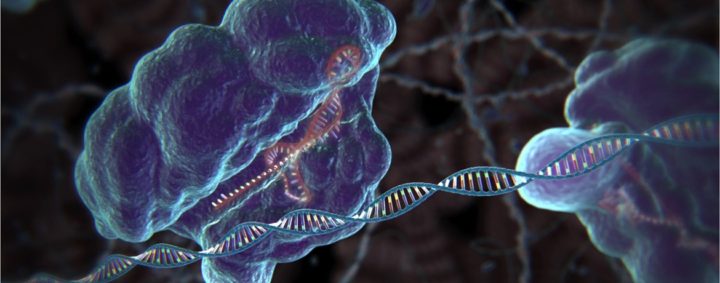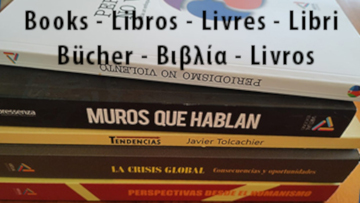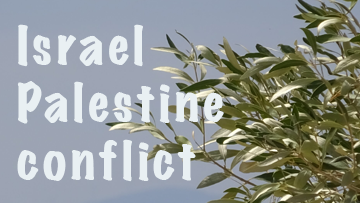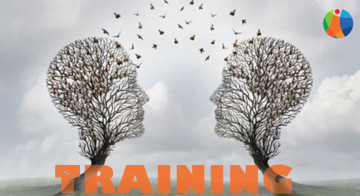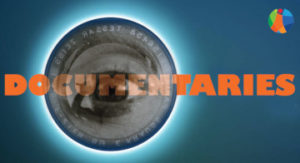WORLD SCIENCE FESTIVAL 2016 presents Groundbreaking Discoveries to the Public – CRISPR: The Editing of Human Genes
By Gabriela Jurosz-Landa
Groundbreaking scientific discoveries have shaped the way we see the world. Nobody today will doubt, that the world is round; everyone has accepted the existence of psychoanalysis, and many people use — and to one degree or another understand — the meaning of “post-modernism.” Public consciousness down the line is real to a great deal thanks to the effort of individuals, who are not only trained and visionary in their field of expertise, they also have the strength to convince sponsors to fund their million-dollar projects, that may or may not be successful.
The past year-and-a-half alone have brought some of the greatest scientific findings in the past hundred years. Albert Einstein published his Theory of Relativity in 1915. But only this February has the actual flexibility of space been detected. On the other hand, hundreds of novels and movies world-wide have planted the idea of manipulating the human gene. Now, through a simple shift in thinking, it has become possible.
But who knows about these advancements? It should not take a subscription to a scientific magazine to be in the loop. Media in the business of distributing news are often busy reporting on war. So, much of what shapes the world, bypasses those who could be informed and involved in their world.
In New York, for nine years, the WORLD SCIENCE FESTIVAL has taken on the task of bringing scientific research to a wider audience. By simply buying a ticket, the science enthusiast can see some of the foremost scientists talk about their projects. Their developments provide the facts that will drip down through university education and get to the ordinary man, changing his outlook on life. With this festival, founders Tracy Day and Brian Greene have cut short his process in advancing the world’s intelligence.
In this year’s WORLD SCIENCE FESTIVAL panel, “Salon: Game Change — CRISPR’s Brave New World,” American researchers discuss the subject of new discoveries in gene manipulation, and their role in it. CRISPR means “Clustered regularly interspaced short palindromic repeats”. It stands for the ancient immune system.
“65 years ago we didn’t know the genetic material at all,” moderating cancer biologist Robert Benezra says, introducing the subject. “Today, we can look at software to redesign life.”
CRISPR, the American Association of Anatomist’s 2015 breakthrough, is a way to genome editing, and was first detected in 1987 by Francisco Mojica.
A human cell holds 20,000 genes. “The reproduction of genes in nature is complicated,” says clinician scientist Stephen Tsang. “If you make it artificially, it becomes simple.”
Changes used to take centuries; now it is easy, cheap and fast. You can “knock out” a gene in mice in three weeks instead of nine months. And you can build “guide-RNA” over night, outsourced to a company, for as low as $40 instead of the $25,000 it cost five years ago. You can rent a lab for under $100. Jennifer Doudna, one of the developers, calls this “democratizing genealogy.”
The downside of gene manipulation in humans or food is now being widely discussed. There are two ways of manipulating humans: 1., Curing a patient, and 2., Injecting an embryo.
Patent and litigation lawyer Jacob S. Sherkow asks: who should be responsible? “There are various regulatory levels,” he explains on the World Science Festival’s panel: “Institutions that review, and agencies like the National Institutes of Health, among others. There have been lapses in their reviews and laws, but generally, over the last forty years, they have been working well.”
Molecular biologist Ellen Jorgensen argues: “There is no law about engineering embryo funding. Existing control so far is only about money, about funding. It implies the idea of selling: if you are not SELLING, the law is not after you.”
Engineering plants, for example, has been slipping through the regulations. Also international regulations are in question. Someone in the UK has permission to engineer embryos. The danger of power abuse is great. “We have never had this kind of power before,” she says.
However, not every scientist thinks alike. The panelists mention scientist George Church, who has no problem with ethics, as in the case of “test tube babies”.
Lawyer Sherkow makes the point: “Risks are small, potential harm is great.” He recalls the IVF-process (Intravenous fertility) that, since the 1970s, as an “advanced fertility program,” combines an egg and sperm manually. He looks into the audience and remarks: “Chances are at least one of you in audience was born through the IVF process in the USA.”
Referring to the danger for the ecosystem, Ben Matthews, biologist, Rockefeller University, says: “We cannot start pulling strings of ecosystems.” We know, however, it has been done in Hawaii, Ecuador, and Australia.
Dr. Tsang discusses gene-therapy injection in eye. “Currently,” he explains, “the USA does research only in the eye, because we have two eyes. CRISPR is a game changer, because before, we could only do recessive, not dominant, problems.”
Bioengineer and neuroscientist Neville Sanjana discusses why we cannot simply compare cells from different patients with the same disease: “cultural and other deviances matter. We need stem-cell research. We have to sequence differences in types of autism using embryo stem-cells. Producing twin cells, just one has a difference that causes autism.” He also refers to research advances in different illnesses: “Neuroscience is more difficult than cancer because psychic diseases are more subtle. The cancer cell is either deadly or not, and that is a fairly simple fact.”
Moving on to the the field of agriculture, the “mushroom story” has been in the news, in which modified bacteria on the roots of mushrooms has been approved. “It is easy to do gene editing in bacteria. There are ways to by-pass the law. You cannot tell if it is a normal gene or modified. The gene gun is one way to go around the law,” says Ben Matthews. The agricultural lobby is celebrating these lapses. As to GMO (gene-modified-organism), Jacob Sherkow says: “If you have eaten soy, you have already eaten a manipulated gene.”


